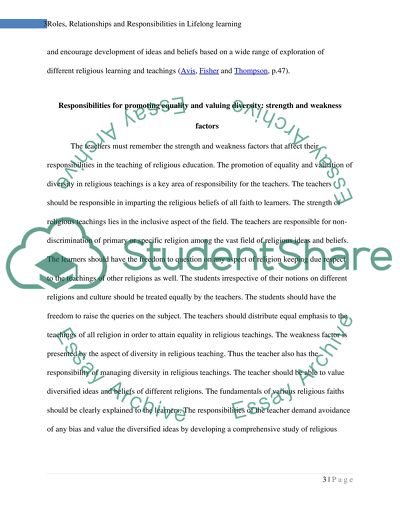Cite this document
(“Roles, Relationships and Responsibilities in Lifelong learning Essay”, n.d.)
Retrieved from https://studentshare.org/education/1479665-roles-relationships-and-responsibilities-in
Retrieved from https://studentshare.org/education/1479665-roles-relationships-and-responsibilities-in
(Roles, Relationships and Responsibilities in Lifelong Learning Essay)
https://studentshare.org/education/1479665-roles-relationships-and-responsibilities-in.
https://studentshare.org/education/1479665-roles-relationships-and-responsibilities-in.
“Roles, Relationships and Responsibilities in Lifelong Learning Essay”, n.d. https://studentshare.org/education/1479665-roles-relationships-and-responsibilities-in.


